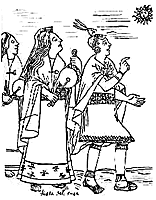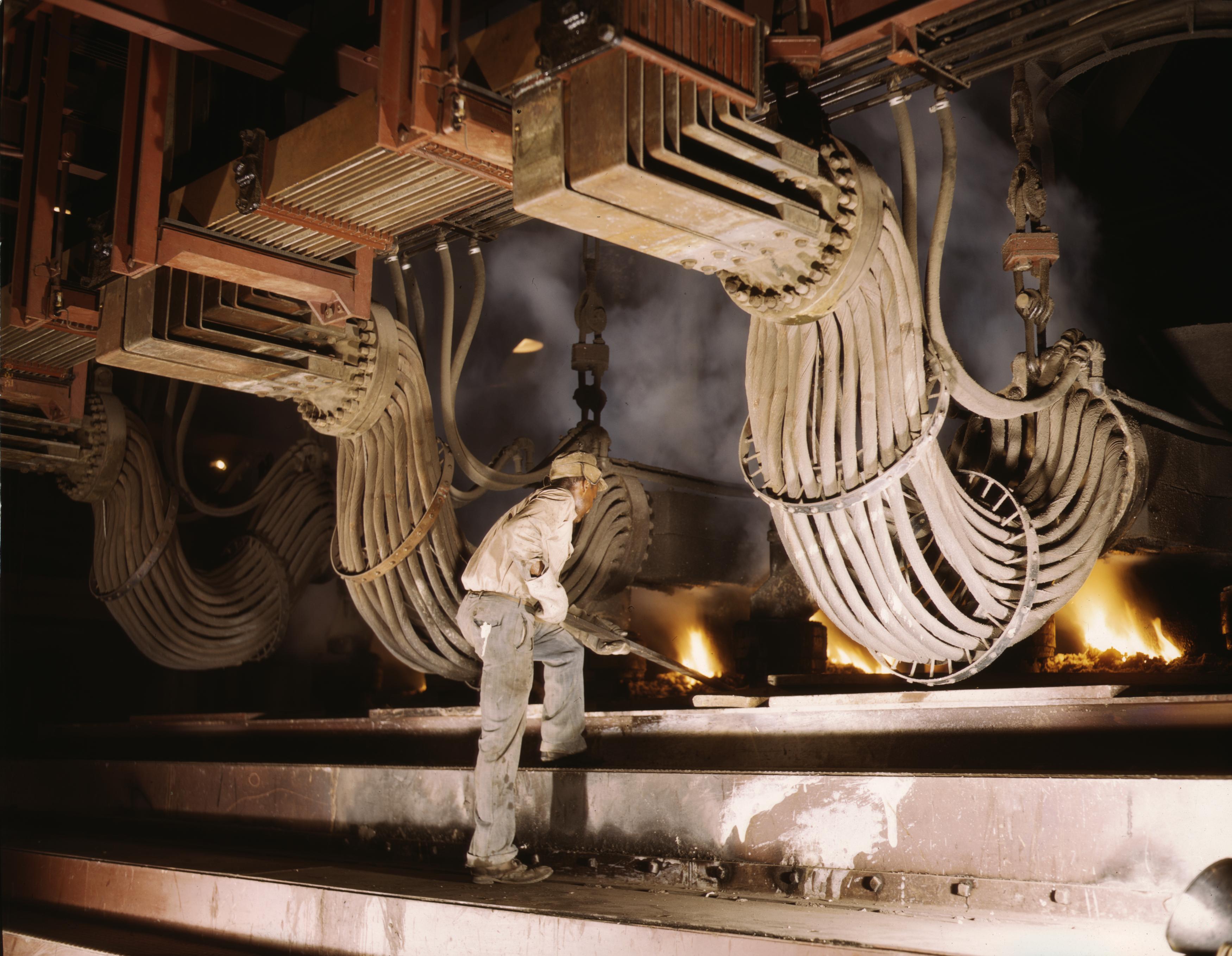|
Quriwayrachina, La Convención
A previously unknown Inca settlement, Quriwayrachina or Quri Wayrachina ( Quechua ''quri'' gold, ''wayrachina'' a special oven for smelting metal, "oven for smelting gold"), was found in the Willkapampa mountain range in the Cusco Region of Peru in 2001. The site lies in the Santa Teresa District of the La Convención Province, north of the archaeological site of Choquequirao and west of the mountains Kiswar and Quriwayrachina ''(Corihuayrachina)'',escale.minedu.gob.pe - UGEL map of the La Convención Province (Cusco Region) showing the mountain Victoria (unnamed) north of the stream Victoria and west of the mountain Quriwayrachina ''(Corihuayrachina)'' on a mountain named Victoria. Close to nearby ancient Inca mines, the surrounding hills are covered with the littered stones from more than 200 structures in this Inca outpost. Discovery The British photographer and researcher Peter Frost Peter Frost is a British writer, photographer, and archaeologist. He spent much of his ... [...More Info...] [...Related Items...] OR: [Wikipedia] [Google] [Baidu] |
Peru
, image_flag = Flag of Peru.svg , image_coat = Escudo nacional del Perú.svg , other_symbol = Great Seal of the State , other_symbol_type = Seal (emblem), National seal , national_motto = "Firm and Happy for the Union" , national_anthem = "National Anthem of Peru" , march = "March of Flags" , image_map = PER orthographic.svg , map_caption = , image_map2 = , capital = Lima , coordinates = , largest_city = capital , official_languages = Peruvian Spanish, Spanish , languages_type = Co-official languages , languages = , ethnic_groups = , ethnic_groups_year = 2017 , demonym = Peruvians, Peruvian , government_type = Unitary state, Unitary Semi-presidential system, semi-presidential republic , leader_title1 = President of Peru, President ... [...More Info...] [...Related Items...] OR: [Wikipedia] [Google] [Baidu] |
Cusco Region
Cusco, also spelled Cuzco (; qu, Qusqu suyu ), is a department and region in Peru and is the fourth largest department in the country, after Madre de Dios, Ucayali, and Loreto. It borders the departments of Ucayali on the north; Madre de Dios and Puno on the east; Arequipa on the south; and Apurímac, Ayacucho and Junín on the west. Its capital is Cusco, the historical capital of the Inca Empire. Geography The plain of Anta contains some of the best communal cultivated lands of the Department of Cusco. It is located about above sea level and is used to cultivate mainly high altitude crops such as potatoes, tarwi (edible lupin), barley and quinoa. Provinces * Acomayo ( Acomayo) * Anta (Anta) * Calca (Calca) * Canas (Yanaoca) * Canchis (Sicuani) * Chumbivilcas (Santo Tomás) * Cusco (Cusco) * Espinar (Yauri) * La Convención ( Quillabamba) * Paruro ( Paruro) * Paucartambo ( Paucartambo) * Quispicanchi ( Urcos) * Urubamba ( Urubamba) Languages According ... [...More Info...] [...Related Items...] OR: [Wikipedia] [Google] [Baidu] |
La Convención Province
La Convención Province is the largest of thirteen provinces in the Cusco Region in the southern highlands of Peru. As part of the higher-altitude Amazon basin at the foot of the Andes, La Convención is one of three Peruvian provinces that prominently figure in national coffee production, the other being Chanchamayo province in Junín state and Jaén province in Cajamarca state. Geography The La Convención Province is bounded to the north by the Junín Region and the Ucayali Region, to the east by the Madre de Dios Region, to the south by the Anta Province, the Calca Province and the Urubamba Province, and to the west by the Ayacucho Region and the Apurímac Region. La Convención province is approximately long from north to south. Within that distance, the land of La Convención reaches has a maximum elevation of at Salcantay, on the border of La Convención, Anta, and Urubamba provinces, and a minimum elevation of in the Amazon Basin along the Ucayali River. Bet ... [...More Info...] [...Related Items...] OR: [Wikipedia] [Google] [Baidu] |
Andes
The Andes, Andes Mountains or Andean Mountains (; ) are the longest continental mountain range in the world, forming a continuous highland along the western edge of South America. The range is long, wide (widest between 18°S – 20°S latitude), and has an average height of about . The Andes extend from north to south through seven South American countries: Venezuela, Colombia, Ecuador, Peru, Bolivia, Chile, and Argentina. Along their length, the Andes are split into several ranges, separated by intermediate depressions. The Andes are the location of several high plateaus—some of which host major cities such as Quito, Bogotá, Cali, Arequipa, Medellín, Bucaramanga, Sucre, Mérida, El Alto and La Paz. The Altiplano plateau is the world's second-highest after the Tibetan plateau. These ranges are in turn grouped into three major divisions based on climate: the Tropical Andes, the Dry Andes, and the Wet Andes. The Andes Mountains are the highest mountain ra ... [...More Info...] [...Related Items...] OR: [Wikipedia] [Google] [Baidu] |
Inca Empire
The Inca Empire (also known as the Incan Empire and the Inka Empire), called ''Tawantinsuyu'' by its subjects, ( Quechua for the "Realm of the Four Parts", "four parts together" ) was the largest empire in pre-Columbian America. The administrative, political and military center of the empire was in the city of Cusco. The Inca civilization arose from the Peruvian highlands sometime in the early 13th century. The Spanish began the conquest of the Inca Empire in 1532 and by 1572, the last Inca state was fully conquered. From 1438 to 1533, the Incas incorporated a large portion of western South America, centered on the Andean Mountains, using conquest and peaceful assimilation, among other methods. At its largest, the empire joined modern-day Peru, what are now western Ecuador, western and south central Bolivia, northwest Argentina, the southwesternmost tip of Colombia and a large portion of modern-day Chile, and into a state comparable to the historical empires of ... [...More Info...] [...Related Items...] OR: [Wikipedia] [Google] [Baidu] |
Quechua Language
Quechua (, ; ), usually called ("people's language") in Quechuan languages, is an indigenous language family spoken by the Quechua peoples, primarily living in the Peruvian Andes. Derived from a common ancestral language, it is the most widely spoken pre-Columbian language family of the Americas, with an estimated 8–10 million speakers as of 2004.Adelaar 2004, pp. 167–168, 255. Approximately 25% (7.7 million) of Peruvians speak a Quechuan language. It is perhaps most widely known for being the main language family of the Inca Empire. The Spanish encouraged its use until the Peruvian struggle for independence of the 1780s. As a result, Quechua variants are still widely spoken today, being the co-official language of many regions and the second most spoken language family in Peru. History Quechua had already expanded across wide ranges of the central Andes long before the expansion of the Inca Empire. The Inca were one among many peoples in present-day Peru who alread ... [...More Info...] [...Related Items...] OR: [Wikipedia] [Google] [Baidu] |
Smelting
Smelting is a process of applying heat to ore, to extract a base metal. It is a form of extractive metallurgy. It is used to extract many metals from their ores, including silver, iron, copper, and other base metals. Smelting uses heat and a chemical reducing agent to decompose the ore, driving off other elements as gases or slag and leaving the metal base behind. The reducing agent is commonly a fossil fuel source of carbon, such as coke—or, in earlier times, charcoal. The oxygen in the ore binds to carbon at high temperatures due to the lower potential energy of the bonds in carbon dioxide (). Smelting most prominently takes place in a blast furnace to produce pig iron, which is converted into steel. The carbon source acts as a chemical reactant to remove oxygen from the ore, yielding the purified metal element as a product. The carbon source is oxidized in two stages. First, the carbon (C) combusts with oxygen (O2) in the air to produce carbon monoxide (CO). Seco ... [...More Info...] [...Related Items...] OR: [Wikipedia] [Google] [Baidu] |
Willkapampa Mountain Range
The Vilcabamba mountain range is located in the region of Cusco, Peru, in the provinces of Anta, La Convención and Urubamba. It extends between 13°10' and 13°27'S. and 72°30' and 73°15'W for about 85 km.usgs.gov USGS, Peruvian Cordilleras Its highest peak is Salcantay, which is 6,271 m (20,574 ft) above sea level. Toponyms Most of the names in the range originate from . They used to be spelled according to a mainly Spanish-based orthography which is incompatible with the normalized spellings of these languages and Law 29735 which regulates the 'use, preservation, development, recovery, promotion and diffusion of the originary languages of Peru'. According to Ar ...[...More Info...] [...Related Items...] OR: [Wikipedia] [Google] [Baidu] |
Santa Teresa District
Santa Teresa District is one of ten districts of the La Convención Province in the Cusco Region of Peru. Instituto Nacional de Estadística e Informática. Banco de Información Distrital''. Retrieved April 11, 2008. Santa Teresa, Peru is situated 6.5 km northwest of Machu Picchu and is at the axis of several important routes leading to this archeological centre, including alternative paths ways to the ruins (previously the railway was the only means of reaching Machu Picchu). In 1998, a landslide completely buried the town and destroyed the bridge that connected it to Machu Picchu and Cusco, however the bridge has subsequently been rebuilt. Geography The Willkapampa mountain range traverses the district. One of the highest peaks of the district is Kiswar at . The highest peak in the range is Salkantay at 6,271 m (20,574 ft). Other mountains are listed below: * Chawpimayu * Chuqitakarpu * Kiswar * Puka Puka * Phaqcha *Salkantay Salcantay, Salkantay or Sallqanta ... [...More Info...] [...Related Items...] OR: [Wikipedia] [Google] [Baidu] |
Choquequirao
Choquequirao (possibly from Quechua ''chuqi'' metal, ''k'iraw'' crib, cot) is an Incan site in southern Peru, similar in structure and architecture to Machu Picchu. The ruins are buildings and terraces at levels above and below Sunch'u Pata, the truncated hill top. The hilltop was anciently leveled and ringed with stones to create a 30 by 50 m platform. Choquequirao at an elevation of is in the spurs of the Vilcabamba mountain range in the Santa Teresa district, La Convención Province of the Cusco Region. The complex is 1,800 hectares, of which 30–40% is excavated. The site overlooks the Apurimac River canyon that has an elevation of . The site is reached by a two-day hike from outside Cusco.Trail to Cho ... [...More Info...] [...Related Items...] OR: [Wikipedia] [Google] [Baidu] |
Kiswar (Peru)
Padreyoc ( Spanish ''con padre, tiene padre;'' with father, have father, possibly from Quechua ''-yuq'' a suffix to indicate possession) or Quishuar (possibly from Quechua ''Kiswar'' for '' buddleja incana''), 5,500 m - 6,000 m high mountains in the Andes: "Quishuar" is a mountain in the Vilcabamba mountain range in the of , about high. It is located in the |
Peter Frost (archaeologist)
Peter Frost is a British writer, photographer, and archaeologist. He spent much of his time exploring Peru and wrote several books about the country. While leading a ''National Geographic'' expedition, Frost discovered the pre- Inca site of Qoriwayrachina. a ''National Geographic'' profile In 1977 Frost was one of the founding members of South American Explorers
South American Explorers, headquartered in Ithaca, New York, was a nonprofit travel, scientific, and educational organization founded in 1977. Its goals were advancing field exploration and research in South and Central America on subjects such a ... , a nonprofit travel, s ...
[...More Info...] [...Related Items...] OR: [Wikipedia] [Google] [Baidu] |


.jpg)

.png)

